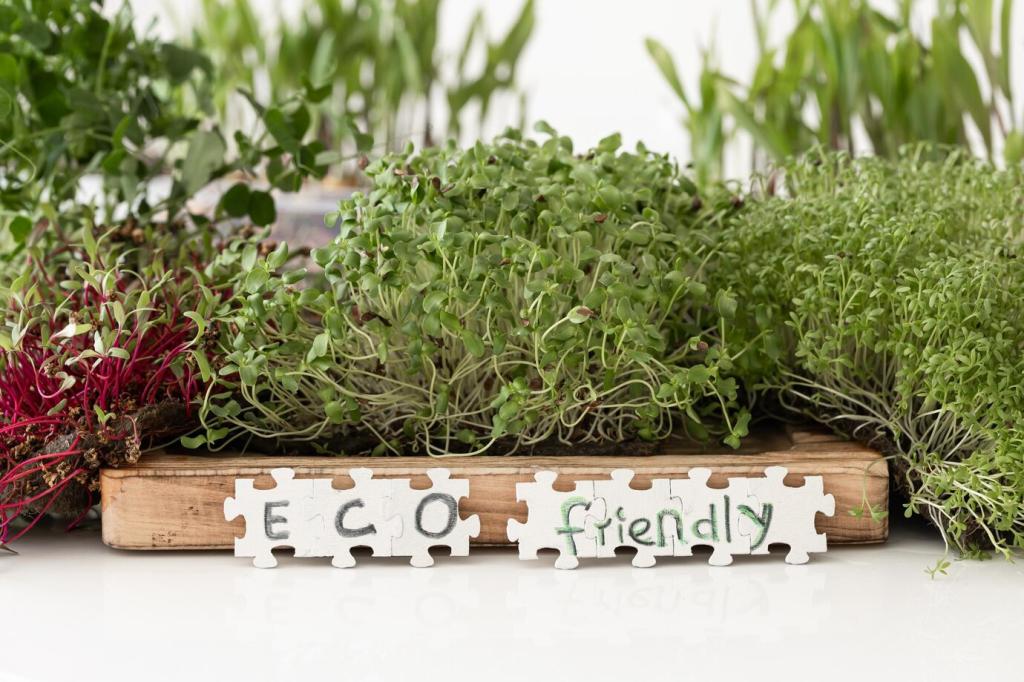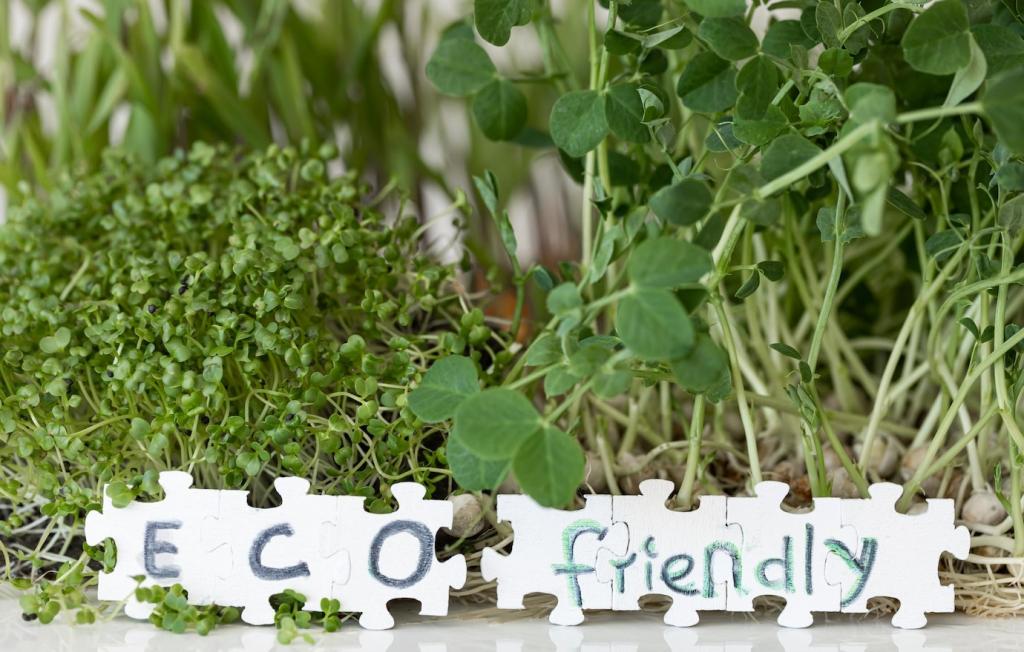Eco-Friendly Wood Materials for Sustainable Furniture
Chosen theme: Eco-Friendly Wood Materials for Sustainable Furniture. Explore responsible species, certifications, finishes, and design choices that honor forests, enrich homes, and invite you to build and buy with lasting, meaningful intention.
What Makes Wood Eco‑Friendly for Sustainable Furniture?
Responsible certification and stewardship
Look for FSC or PEFC certification that verifies responsible forest management, protects biodiversity, and engages local communities. Ask sellers to provide chain‑of‑custody numbers. Share your finds or questions in the comments so others can learn from your sourcing wins.
Rapidly renewable and responsibly harvested species
Bamboo, rubberwood, and cork grow quickly or come from plantation cycles, easing pressure on old‑growth forests. Verify harvest practices and adhesives used in composites. Tell us which species you prefer and why their textures or stories resonate with your space.
Reclaimed, salvaged, and urban‑harvest lumber
Reclaimed barn beams, storm‑fallen trees, and deconstructed structures offer character without new logging. Expect nail holes and patina that tell a story. Post a photo of a reclaimed piece you love, and inspire others to choose timber with a past.

Traceable Sourcing and Ethical Supply Chains
Request invoices with explicit species names and FSC or PEFC chain‑of‑custody codes. Confirm suppliers’ certifications are current. If you have a confusing label, post it in the discussion—our community loves decoding sustainable paperwork together.


Traceable Sourcing and Ethical Supply Chains
Sourcing from nearby mills reduces transport emissions and strengthens local economies. Community forest projects often reinvest proceeds into stewardship. Share your favorite regional sawmill or maker to help readers discover low‑impact options close to home.
Designing Furniture That Lasts—and Stays Sustainable
Mortise‑and‑tenon, dovetails, and wedged joints outlast screws and brittle glue alone. They resist racking and invite repair, not replacement. Share a piece you own with heirloom joinery, and tell us how it has survived moves or lively gatherings.
Designing Furniture That Lasts—and Stays Sustainable
Panels that detach, parts with standardized fasteners, and accessible hardware make repairs intuitive. Replacement slats or legs keep furniture out of landfills. Would you buy spare parts up front? Tell us how makers could design repair kits you would actually use.

Healthy Finishes, Adhesives, and Treatments
Low‑VOC finishes protect indoor air
Waterborne varnishes, plant‑based oils, and hardwax oils keep volatile organic compounds to a minimum. Always ventilate and follow cure times. Which finish do you swear by for a matte, touchable feel? Share your favorite brand and real‑world results.
Adhesives and engineered panels without added formaldehyde
Specify NAUF or E0 panels and formaldehyde‑free adhesives where possible. Ask for third‑party emissions data, not just marketing claims. If you have sensitive family members, comment with products that worked well and any off‑gassing observations over time.
Natural treatments that let wood breathe
Soap, wax, and linseed‑based finishes can be spot‑repaired and keep tactile warmth. They patinate rather than peel. Tell us how you maintain these finishes through spills and seasons, and whether you prefer hand‑rubbed character or higher sheen protection.
Carbon, Lifecycle, and End‑of‑Life
01
Understanding carbon in wood furniture
Trees absorb CO2; furniture locks much of that carbon away for years. Longer lifespans mean longer storage. Share how you evaluate longevity when buying—materials, joinery, and warranties that convince you it will truly endure.
02
Lifecycle assessment made simple for buyers
Ask makers about cradle‑to‑gate and cradle‑to‑grave impacts: sourcing, transport, finishing, use, and disposal. Look for repair services. If you have LCA resources or calculators you trust, drop links so fellow readers can compare options confidently.
03
Designing for second lives
Plan disassembly with compatible fasteners, label parts, and avoid permanent foams that hinder recycling. Donating or remilling extends usefulness. Have you upcycled a damaged piece into something new? Share the story and photos to spark creative ideas.
Real Stories from Sustainable Workshops
The reclaimed oak table that gathered a family
A maker salvaged oak from a demolished theater, preserving seat numbers as subtle inlays. The table hosted a graduation dinner that night. If reclaimed details move you, tell us which imperfections—nail scars, saw marks, or knots—you find most beautiful.
From rubber plantation to school desks
When latex production ended, a plantation harvested rubberwood otherwise destined for waste. A local shop crafted desks with waterborne finishes for a bright classroom. Share your favorite examples where industrial byproducts became cherished everyday furniture.
A neighborhood tree reborn as a bookshelf
After a storm, an urban maple was milled instead of landfilled. A resident built a bookshelf, leaving live edges as a memory of shade it once cast. Would you commission urban wood? Tell us what piece you would create from a beloved street tree.
Buyer’s checklist for sustainable wood furniture
Confirm certification, species transparency, finish emissions, and repairability. Ask about spare parts, local sourcing, and end‑of‑life options. Screenshot this checklist and share it with a friend shopping now; compare notes and report back what vendors said.
Care routines that preserve beauty and sustainability
Use mild soap, soft cloths, and coaster habits. Refresh oil or wax as needed, and fix loose joints early. Post your maintenance schedule and favorite products so new readers can keep eco‑friendly pieces looking loved rather than overly polished.
